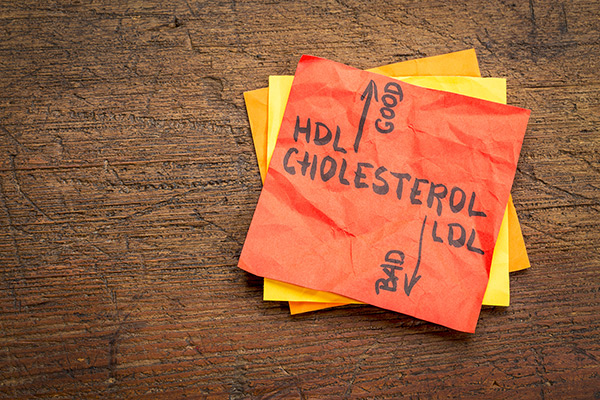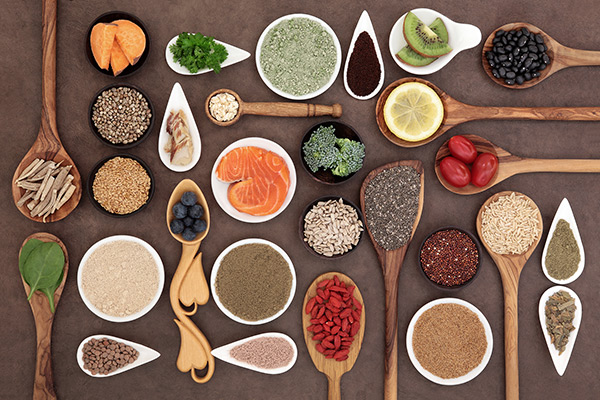Cannabinoids are molecules of low toxicity. Its controlled use is safe and presents low risks to users who use it frequently or moderately.

Medicinal use requires guidance and discipline so that bringing the expected results without any side effects stands out more than the benefits that the substance can bring.
Until today, few contraindications have been scientifically detected with the use of cannabinoids. What we see most often are side effects due to the overlap of the substance due to the use of other drugs that the patient is already taking, or side effects related to an excessive amount of THC.
When cannabis is used for recreational purposes (in the medical world we call this “adult use”) it is necessary to consider that the purpose of the use is intended for THC-rich compositions and their more well-known side effects, such as altering the perception of reality and euphoria (feeling of joy).
However, when the use of Cannabis is for medicinal purposes, other cannabinoid compositions can be prescribed, considerably reducing all side effects.
It is noteworthy that there are no medical records that report Cannabis overdose. Chronic users sometimes have certain health problems, but they are still difficult to prove scientifically. The effects depend on the frequency of use, the dose and the tolerance developed by the user. We believe that THC does generate tolerance. However, currently available clinical information suggests that CBD does not.
Among the side effects we have noticed to date are:
The increase in cardiac output, tachycardia and blood pressure. Special care must be taken when patients have heart problems. The heart rate can increase – depending on the dose, of course. This effect is absolutely temporary.
THC can also cause orthostatic (or postural) hypotension. This is triggered by sudden or rapid changes in posture, when rising from a crouched or reclined position – known infamously as “blacking out”.
Cannabis acts in the areas that regulate motor activity. There is a high density of CB1 receptors in the cerebellum, which essentially regulates motor coordination and balance. Acute THC intoxication causes motor disagreement and balance changes, which are also fully reversible.
Learning tasks can also be affected, as well as the ability to concentrate. It changes from person to person. There is also a direct relationship with the dose taken and the composition of the product. Writing, driving and operating machinery can be affected, depending on the user’s tolerance, the experience of use and the duration of the treatment.
High doses of THC cause a change in motility, with a tendency to hypotonia and hypomotility, with a relaxing and sleep-inducing effect. This dosage may or may not be beneficial for those who are consuming the substance.
It is all about purpose. The consumption of medical cannabis – just like any other medicine – can bring several benefits to its users. The most important thing is that people know its purpose, its limits and understand which dosage works best for the problem itself.
Sources:
- Safety and Side Effects of Cannabidiol, a Cannabis sativa Constituent. Curr Drug Saf. 2011 Sep 1;6(4):237-49. DOI : 10.2174/157488611798280924
- Cannabis: An Overview of its Adverse Acute and Chronic Effects and its Implication. Curr Drug Abuse Rev. 2017;10(1):6-18. doi: 10.2174/1874473710666170712113042.
- Adverse health effects of marijuana use. N Engl J Med. 2014 Jun 5;370(23):2219-27. doi: 10.1056/NEJMra1402309.
- Cannabis, cannabinoids, and health. Dialogues Clin Neurosci. 2017 Sep;19(3):309-316.
- Efficacy and adverse effects of medical marijuana for chronic noncancer pain: Systematic review of randomized controlled trials. Can Fam Physician. 2015 Aug;61(8):e372-81.
- Safety and Toxicology of Cannabinoids. Neurotherapeutics. 2015 Oct;12(4):735-46. doi: 10.1007/s13311-015-0380-8.


